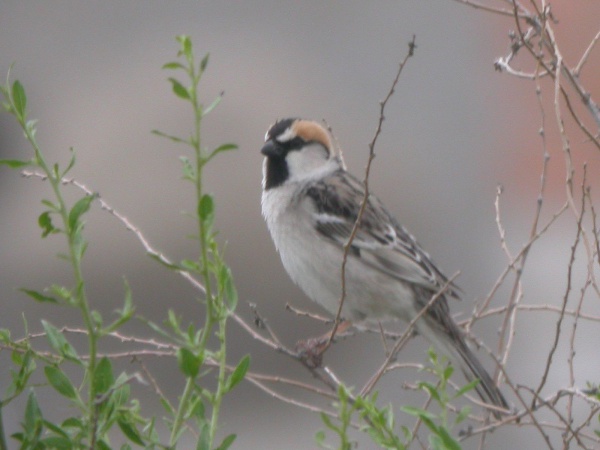Facts About Saxaul sparrow
The saxaul sparrow is a charming little bird native to Central Asia, easily recognized by its distinctive plumage and markings. It is among the larger sparrows, measuring approximately 14–16 centimeters in length and weighing between 25–32 grams. Male saxaul sparrows are particularly striking with their bold black head stripes, while females exhibit more subdued hues.
These birds are notably vocal, possessing a repertoire that includes soft chirps, melodious songs, and distinctive flight calls. There are three subspecies of the saxaul sparrow, each featuring slight variations in their plumage and head markings.
Saxaul sparrows thrive in desert habitats, particularly in areas with shrubs like the saxaul near rivers and oases. They prefer to nest in isolated pairs, selecting locations such as tree cavities, earth banks, or even man-made structures. Their diet primarily consists of seeds, although they also consume insects, especially during the breeding season.
The taxonomy and evolutionary history of the saxaul sparrow are still under study, but it is known that they belong to the Passeridae family and are closely related to the house sparrow. Despite their remote habitats, these birds are not currently threatened by human activities and are listed as Least Concern on the IUCN Red List.
Due to their elusive nature and remote habitats, much remains to be discovered about the behavior of the saxaul sparrow. They often stay hidden in foliage, foraging for seeds and insects. During the breeding season, which lasts from May to July, they form isolated pairs or small groups. Both parents participate in caring for the young, building dome-shaped nests lined with soft materials such as feathers and fur.

 Kyrgyzstan
Kyrgyzstan